Cook, clean, wash and lay down on the floor!
If advertising is the commerce engine, then the image of a woman is an advertising engine. What was this image before and what is it now and how will it look like in the future? The Strategic Director Yevhenii Myroniuk and Creative Director Andriy Franchuk from Brain Tank Agency and copywriter Ivan Davydenko investigated this issue.
Many people think that some archival advertising posters are fake, but others assure that they were very tolerant at that time. Just imagine that at the same time there were signs "no dogs and blacks" in the bars.
The first woman ... copywriter
At that time, the words misogyny, bullying and trolling were never heard, since advertising was a male affair and alternative opinions remained in the kitchens and in the laundries. But in 1886, Helen Lansdowne Resor was born, who soon became one of the first copywriters in the largest agency J. Walter Thompson. Perhaps her most successful case was the Woodbury soap advertising company. The sales have grown 10 times over 8 years.
Helen's team took care of the bonuses: everyone could get a weekly supply of soap and a color reproduction of the painting for 10 cents. In addition, all posters had huge text blocks that described the advantages of the product in detail. But the main point was the rupture of Puritan patterns, which caused a stormy reaction in society. Take the children away from the screens, the advertising slogan sounded: “A skin you love to touch”!
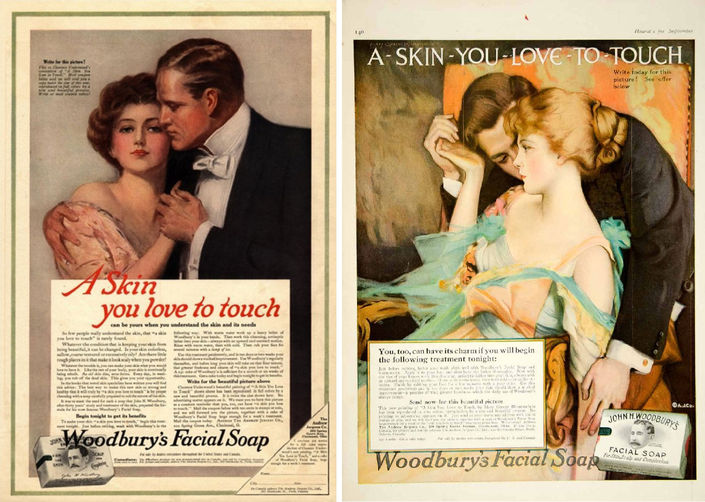
On one picture was a hugging socialite, on the other was a girl with a languid look and a young guy, "seeking closeness." Yes, in 1911 this was a real breakthrough, although at about the same time a black guy was killed because he simply swam in the “white” part of the lake.
Barrel of tar
For most of us, the phrase “woman, your place is in the kitchen” is associated with some fierce house-building. Although at the same time Communists forced women to work in the factory.
In 1939 even the advertisement of harmless flakes Kellogg’s had a very clear slogan: “So the harder a wife works, the cuter she looks”. And, of course, the picture shows a man in a business suit and a woman with a broom and an apron:
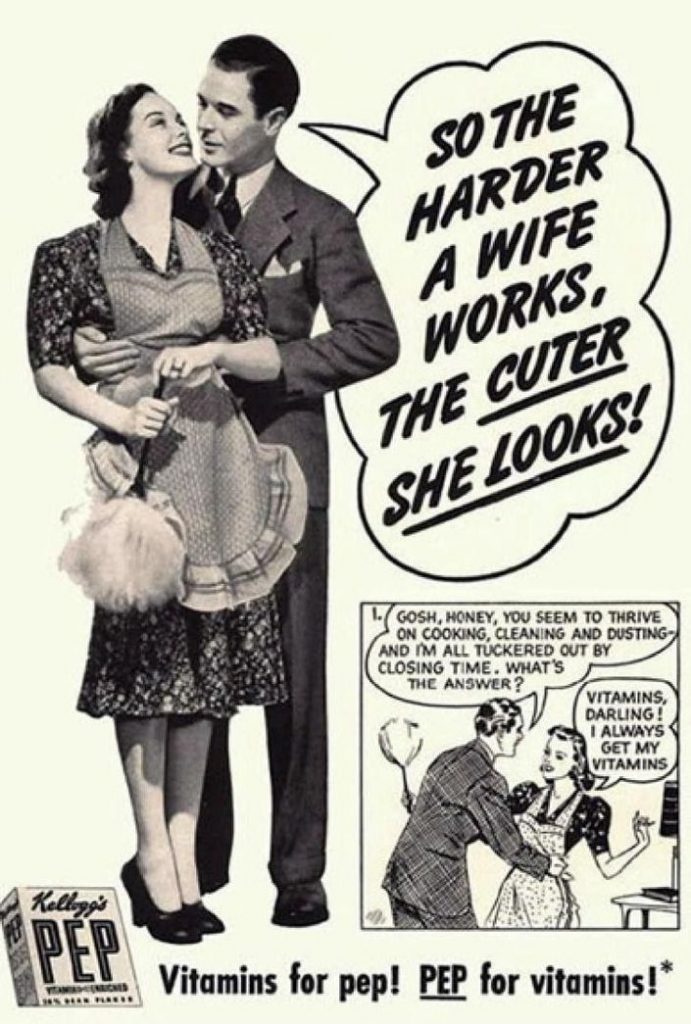
The kitchen theme continues with an advertisement for the Kenwood Chef harvester from 1961. Its slogan said: “The Chef does everything but cook — that’s what wives are for”. Undoubtedly, the man was in the shirt and the jacket and the woman was in the chef's hat.
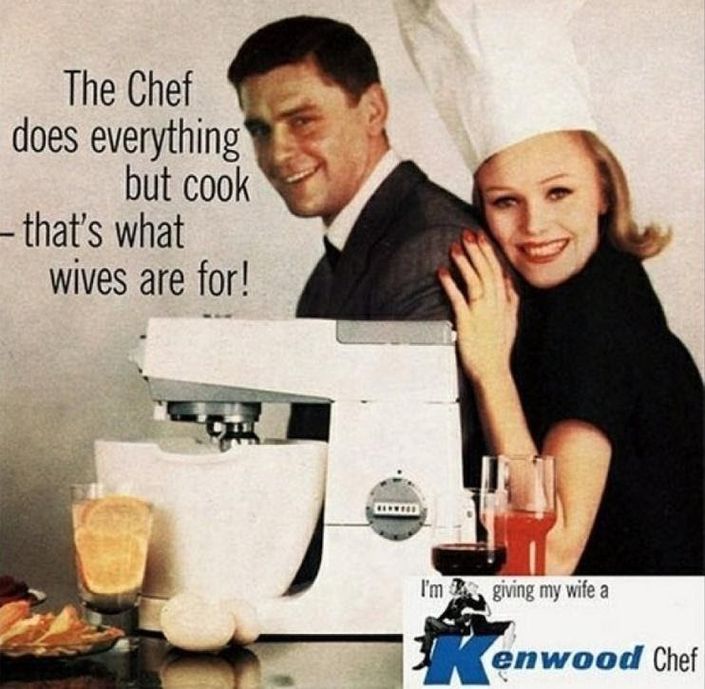
In 1969, Tipalet cigarettes distinguished themselves as creative, who considered their flavored cigarettes to be the height of bliss for women. Accordingly, the picture depicted a smiling girl and a guy who blew smoke into her face. The slogan is a cherry on the cake: "Blow in her face and she’ll follow you anywhere". Nowadays, it is a gesture of contempt.
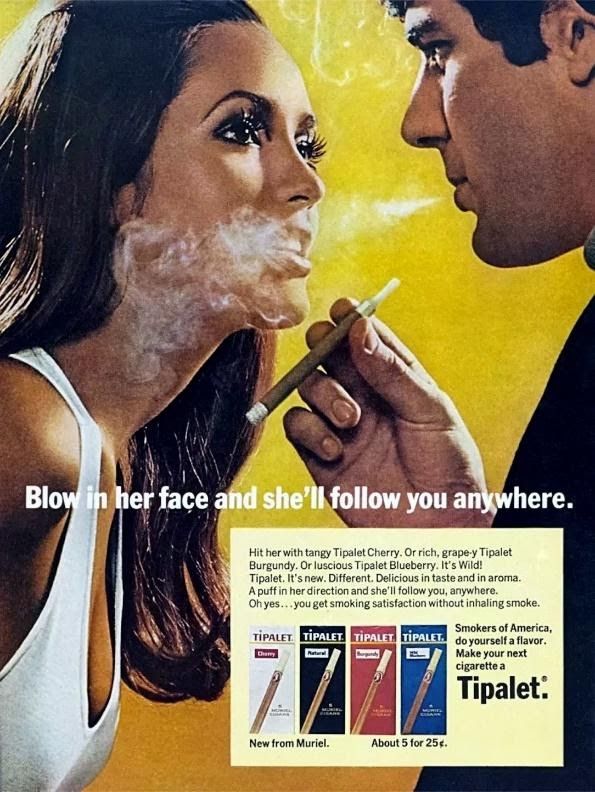
In 1974, the Playboy magazine published a minimalistic, but a very capacious layout of the Weyenberg Massagic shoe brand. Everything is simple — a naked young lady is lying on the floor by her master’s shoe. Any labrador dog would envy her contented expression. The copywriter puts in check and checkmate, coined the slogan: "Keep her where she belongs".
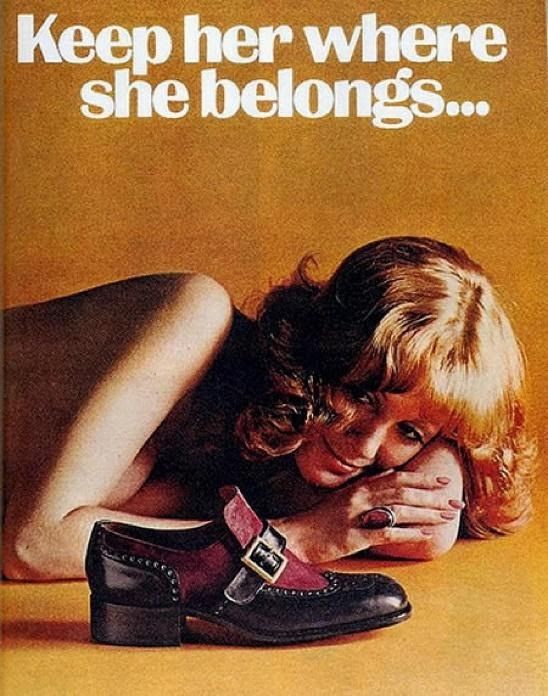
Well, at the end quite a harmless picture from Calvin Klein Jeans advertising. It is beautiful Brooke Shields wearing jeans and an unbuttoned shirt. Nothing strange, except for the fact that during the filming (1980) Brooke was 15 years old and the slogan said: “You wanna know what comes between me and my Calvins? Nothing ". Was there a scandal in society then? Sure. Did Calvin Klein sales increase? And much!
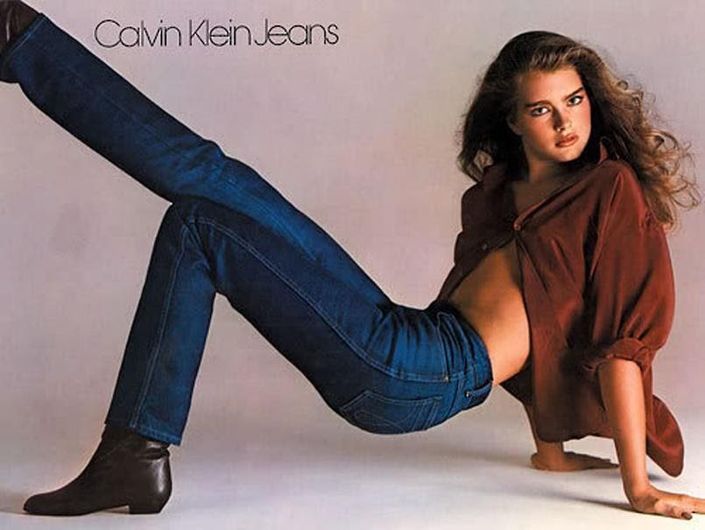
A spoon of honey
A huge selection of advertising discrimination was gathered by Jean Kilbourne, who released the series Killing Us Softly: Advertising’s Image of Women (1979). Jean very clearly and professionally laid out a lot of cases on the shelves and showed how the female image in advertising killed them gently. Although such protest analytics was more likely the exception, it motivated the development of the feminist movement, whose stocks changed the advertising market. With every decade, the image of a woman has progressed. If in the 50s women were divided into secretaries and housewives, later in the 70s the image of a “businesswoman” in a business suit appeared in advertising. If earlier in sports advertising the girls were in the role of mannequins, later the companies began to invite real athletes. The development of science has come to a stunning fact that a woman can control not only a food processor but also a motorcycle or a bright sports convertible.
At all times, women rights activists have motivated companies to take a more equal and less formulaic approach. Take, for example, the same Harley-Davidson. A poster for 1950 shows a completely equal pair. Yes, the man behind the wheel and the beautiful girl is a good motivator to buy, but the pitch is many times different from the advertisements of European companies. Most posters of Italian manufacturers still have the same nudity.
In 1963 Harley-Davidson mockup was a revolution in general — the girl is in the foreground!
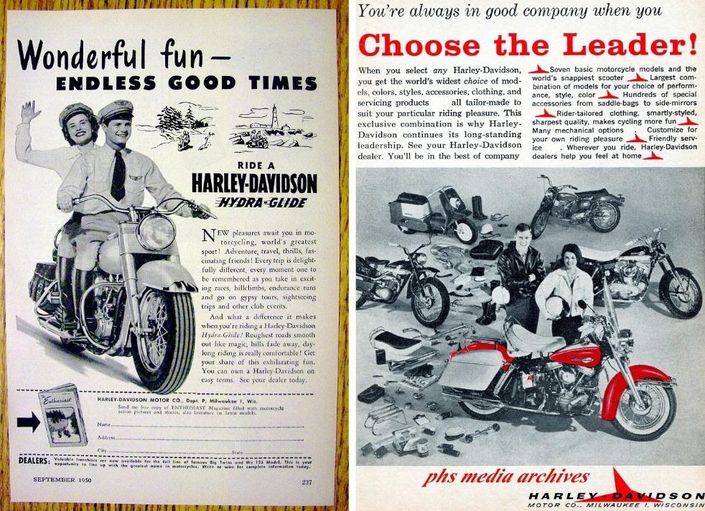
Another example of total equality was the advertising of Chesterfield cigarettes, but it was 1942 with the corresponding agenda. Of course, the heroine should be attractive, but her image is a worker, a policeman, a military…
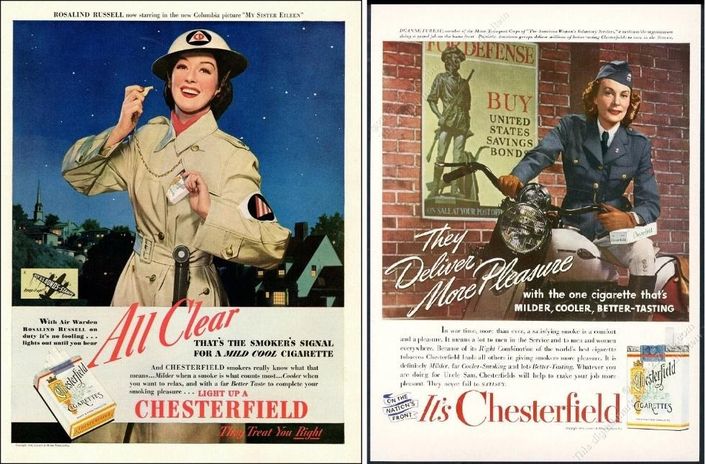
The fight is just beginning
The global advertising market is constantly evolving, and there are always dissatisfied who will defend their or someone else's rights. Literally 2 years ago, girls who did not fit into the stereotyped idea of models held protests under Victoria’s Secret, shouting slogans about fallen angels and that fashion let them down.
Their main complaint was that there were no transgender people or plus-size models in the shows and advertisements. Marketing Director Ed Razek, who has devoted to the brand over 20 years, replied: "They just don’t fit into the brand concept." Then he was forced to apologize and soon left the company, and Victoria’s Secret hired the first transgender model.
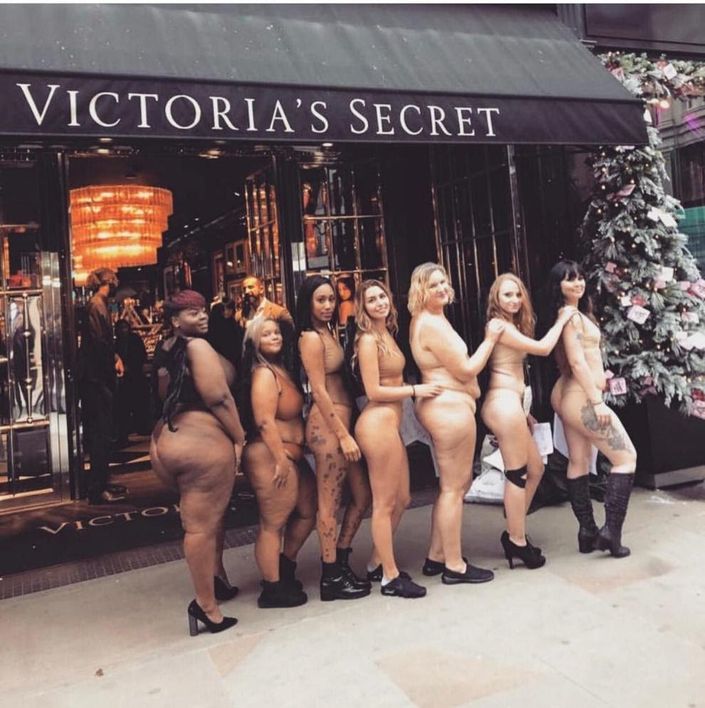
Output: for over 100 years, women were able to turn over the advertising market completely. Beautiful objects from the background they have been turned into a powerful force that can dictate their rules to brands. Now women decide whom and how do they want to see in advertising. They are not opposed to buying Dior perfumes with Hollywood actresses on posters, but also they want to see lingerie models on girls who do not have 90-60-90 parameters — and it is absolutely obvious that this is far from the end of their triumphal procession. There are still hundreds of changes ahead. Such a situation frightens many and causes rejection for many. For global brands, the task of creating advertising taking into account a large number of opinions becomes often impossible. Will sexuality be used in ads? Yes! Will these brands be bought? Yes! The question is whether they will live long enough. Perhaps now is the time to reconsider the strategy and advertising to be on the wave, and not under it.
Follow the topic on the pages of MMR and BrainTank.
The origin article is here.














